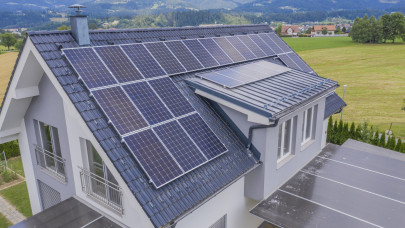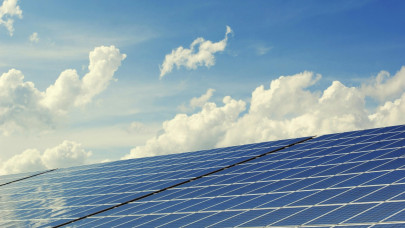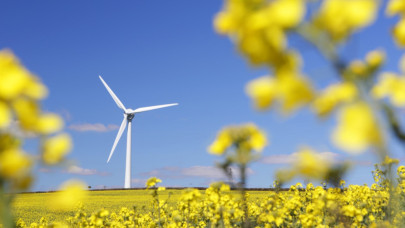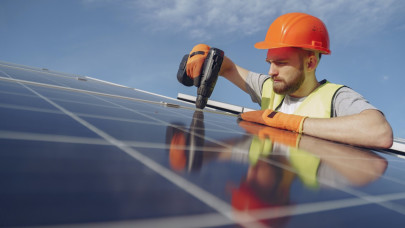From January to June 2024, hydroelectric power reached a record 25.92 TWh, a 64.8% increase from 15.73 TWh during the same months in 2023, due to ample water resources in the north contrasting with shortages in the south.
Renewable sources covered 43.8% of energy demand in the first half of 2024, up from 34.9% in the same period in 2023, marking a historic high. The operational capacity of renewables grew by 3,691 MW, primarily from solar power, which increased by 3,341 MW, 41% higher than the previous year.
National electricity demand rose by 1.1% in the first half of 2024 compared to the same period in 2023, showing a moderately positive trend, though still below 2022.
In June, 88.5% of Italy's electricity demand was met by domestic production, with the remaining 11.5% covered by net imports. The monthly foreign balance was 2.9 TWh, 8.6% less than in June 2023, with imports stable and exports increasing significantly. Overall, the foreign balance from January to June 2024 grew by 3.9% compared to the first half of 2023.
Net domestic production in June amounted to 22.9 billion kWh, with renewables accounting for 52.5% of electricity demand, up from 43.8% in June 2023. Hydroelectric power increased by 29.4%, wind power by 29.2%, and solar power by 18.2%. The latter's rise of 638 GWh was due to increased operating capacity, offsetting a decrease in solar irradiation. Geothermal power fell by 2.8%, and thermal power dropped by 13.7% due to the growth in renewables.
On June 22, hourly production from renewable energy sources hit a historic peak of 33.2 GW between 1:00 p.m. and 2:00 p.m.
From June 2023 to June 2024, installed solar and wind capacity grew by 6,831 MW, reaching 46,321 MW.
In June 2024, electricity demand reached 25.7 billion kWh, a 1.5% increase from June 2023. However, this does not fully recover from the significant 9.7% decrease in June 2023, despite having one less working day and average temperatures similar to those of June 2023. When adjusted for seasonal and calendar effects, the demand variation was +2.3%.
Regionally, June saw a 1.1% increase in electricity demand in the North, 1.9% in Central Italy, and 2.2% in the South and Islands.
Terna's IMCEI (Monthly Industrial Electricity Consumption Index) showed a 2.7% increase in industrial consumption compared to June 2023, with an adjusted variation of +3.1%. Growth was observed in the iron and steel, cement, lime, gypsum, paper, and chemical industries, while the ceramics and glass, non-iron metals, food, and transportation sectors contracted, and engineering remained stable.
Short-term electricity demand, adjusted for seasonal, calendar, and temperature effects, was nearly unchanged at -0.5%. The IMCEI index indicated a short-term increase of 1.7%, suggesting moderate growth.
Terna's IMSER (Monthly Services Index), based on electricity consumption data from specific distribution grid operators, reported a 2.2% increase in April 2024 compared to April 2023. Growth was noted in professional, scientific, and technical activities, transport and storage, and real estate sectors, while veterinary services, finance and insurance, and hospitality sectors showed declines, partly due to the Easter holidays falling in March this year instead of April.














